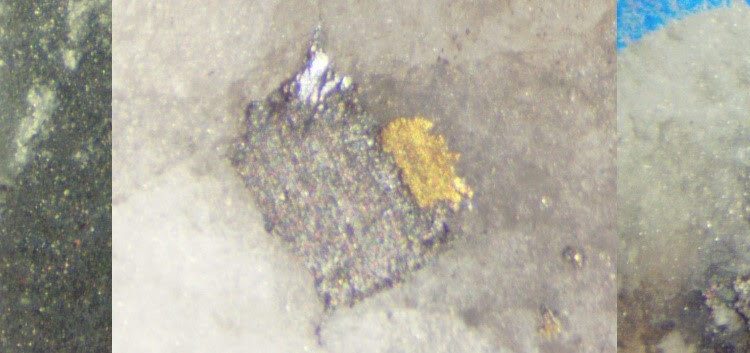First Two Holes Ever Drilled In The Area Show Visible Gold
Snowline Gold Corp. (CSE: SGD) has intersected trace amounts of visible gold across broad regions of drill core in the first two holes ever drilled into the Valley target at its flagship Rogue project in the Yukon, Canada.
Holes V-21-001 and V-21-002 both intersected trace amounts of visible gold across much of their 161 m and 242 m lengths in quartz veins associated with a previously untested reduced-intrusion related gold system.
CEO, Scott Berdahl, said targeting efforts prior to drilling revealed an open, 900 x 150 m zone of anomalous gold-in-soils associated with a recently identified intrusion accompanied by sheeted quartz veins assaying to 15.95 g/t Au.
“Visible gold mineralisation at Rogue marks Snowline’s second drill discovery in as many drill campaigns this season. We await assay results for the full story,” Mr Berdahl said.
“Those new to Snowline may be surprised at the apparent success of our inaugural season. But while we are a newly listed company, this is not a new endeavour. We were built on over three decades of mostly private Yukon-focused exploration.
“Our flagship projects have taken various forms over the past 11 years, with millions spent on baseline data collection yielding promising targets and ideas. Snowline is now well-positioned to reap the benefits.
“We are fortunate to begin our journey at the drill discovery phase—the steepest value-add in the mining life cycle—and we are just getting started. Our recent successes further validate Snowline’s driving thesis of a new gold district in the Selwyn Basin spanning multiple deposit types across our Rogue, Einarson and Ursa projects.”
Holes V-21-001 and 002 were drilled from a single pad along an azimuth of 175°, dipping 50° and 70°.
Visible gold encountered in drill core occurs as grains roughly 0.1-0.5mm in size within centimetre-scale, sheeted quartz veins that are present at varying densities per metre throughout both holes.
In hole V-21-001, at least 28 of these small quartz veins contain visible gold, with up to five grains observed in a single vein crosscutting core. In hole V-21-002, instances of visible gold are observed through to 217.5 m depth (total hole depth 242 m).
Sheeted veins are present in both hornfels sedimentary rocks and in a dominantly diorite to quartz-diorite intrusion. This intrusion does not appear on current geological maps, but based on nearby mapped intrusions, it is likely a member of the Mayo plutonic suite, a series of Cretaceous-aged felsic intrusions responsible for significant gold deposits including Fort Knox in Alaska and the Eagle gold mine in the Yukon Territory.
For further information please visit: https://snowlinegold.com/












